The Coriolis Effect refers to how the objects moving on the surface of the Earth appear to follow a curved path due to the rotation of the Earth. It is named after Gaspard Gustave de Coriolis who first described the effect.
The Coriolis Effect influences the movement of wind.
Wind is moving air caused by differences in air pressure. Energy from the sun warms air above land and sea. Warm air is less dense than cold air so it rises creating an area of low pressure. Cooler air moves to where the warm air has risen from creating wind!
Air tries to move from an area of high pressure to an area of low pressure.
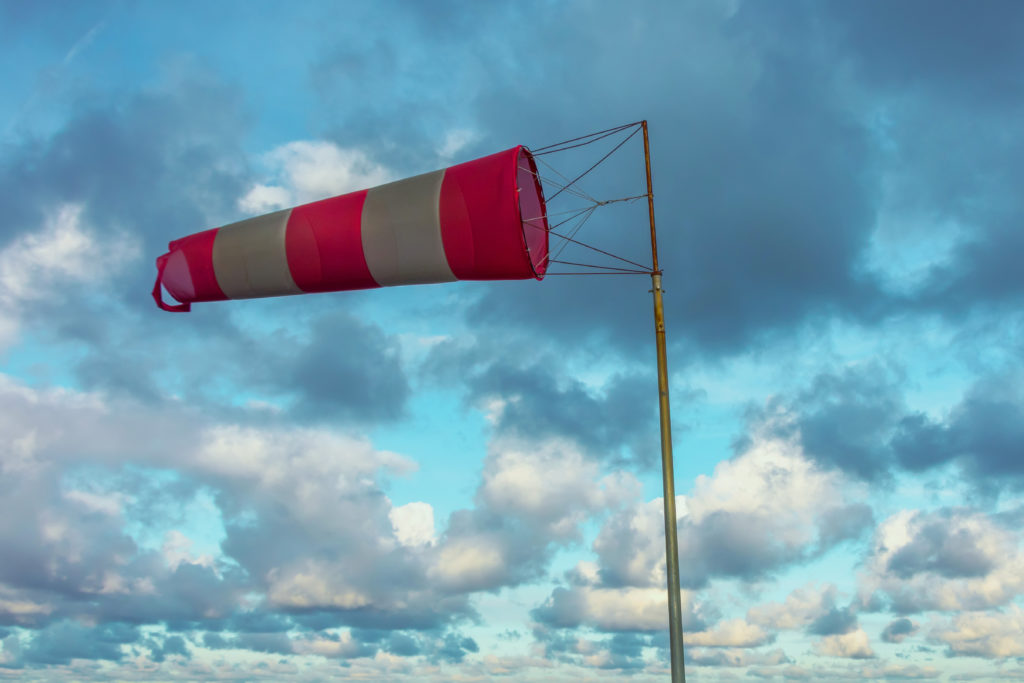
Wind mostly blows from one direction on Earth. Warm air rises near the Equator and flows towards the Poles where it cools, sinks and flows back to the Equator. HOWEVER, most winds don't flow directly from north to south as they are also bent by the rotation of the Earth. This bending is caused by the CORIOLIS EFFECT!
Learn more about wind with my wind experiments and activities!
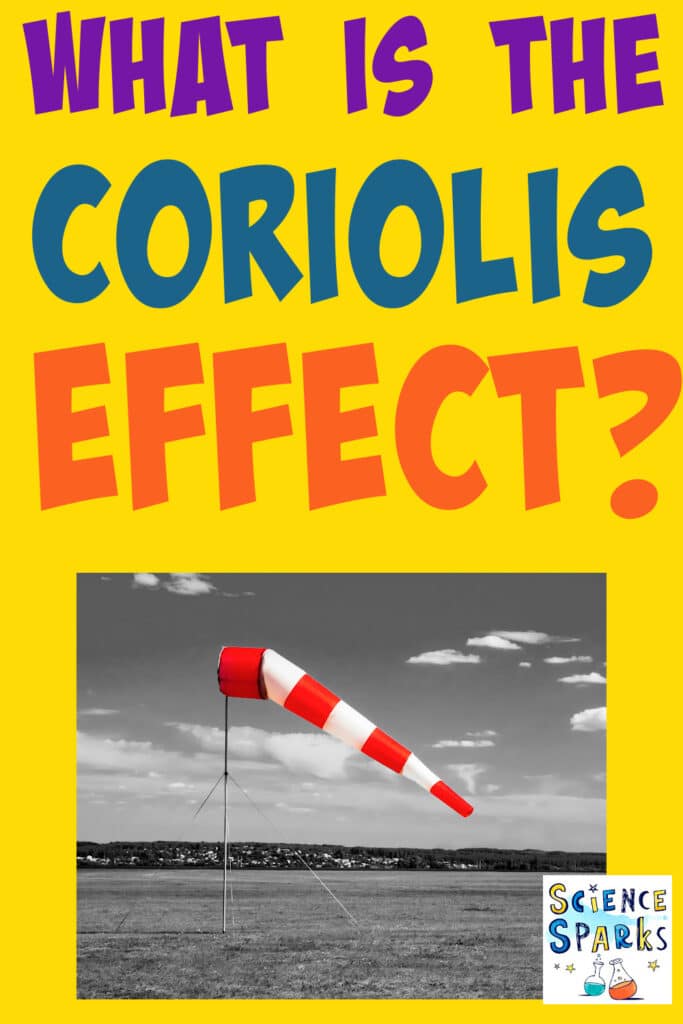
Last Updated on October 7, 2022 by Emma Vanstone

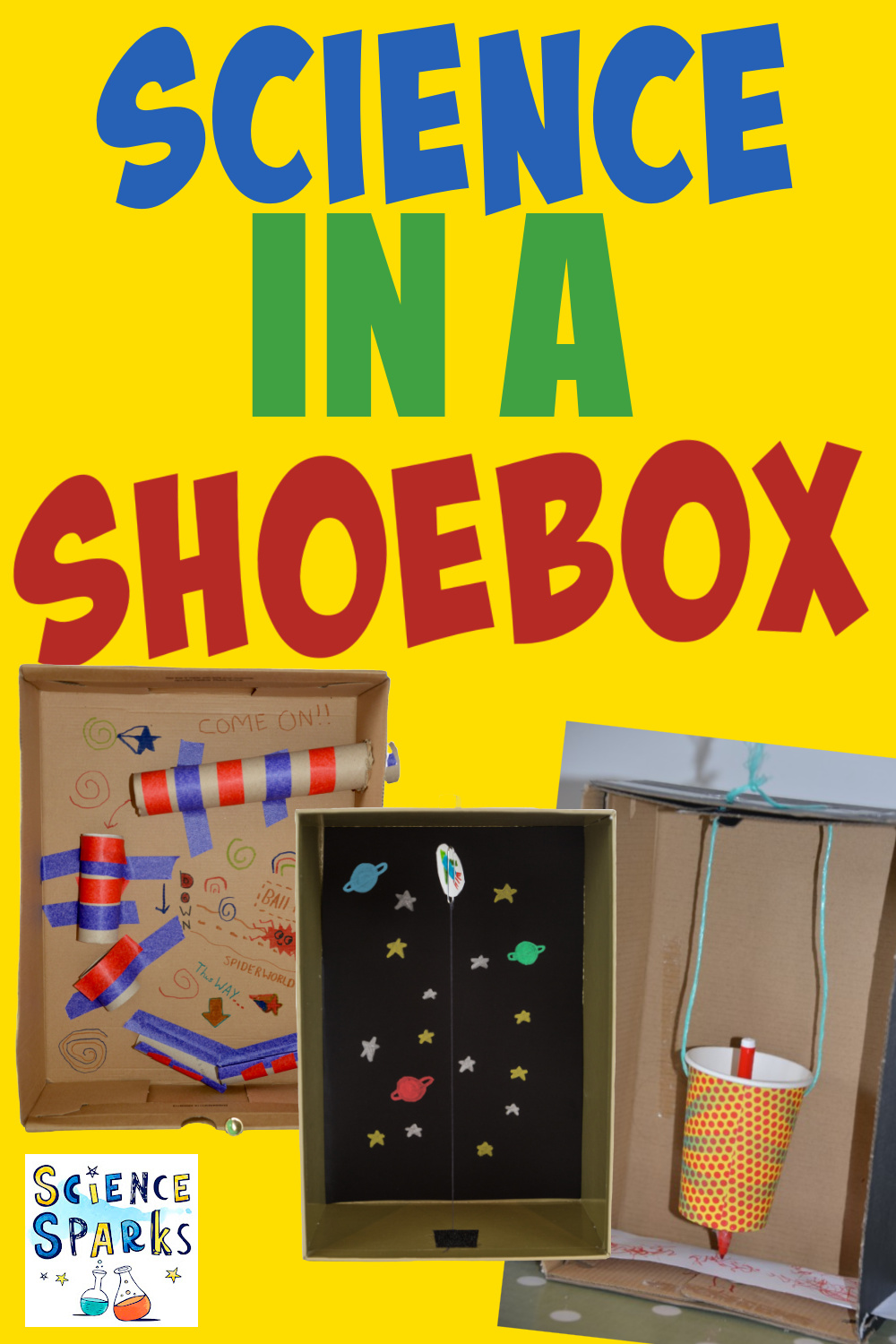
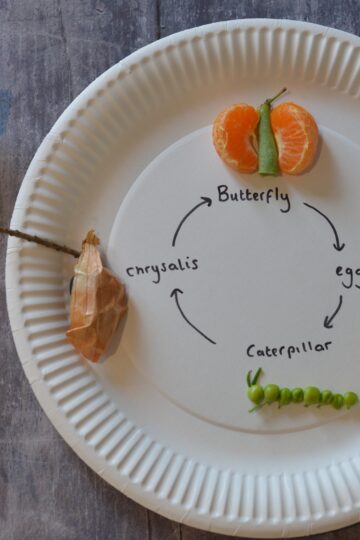
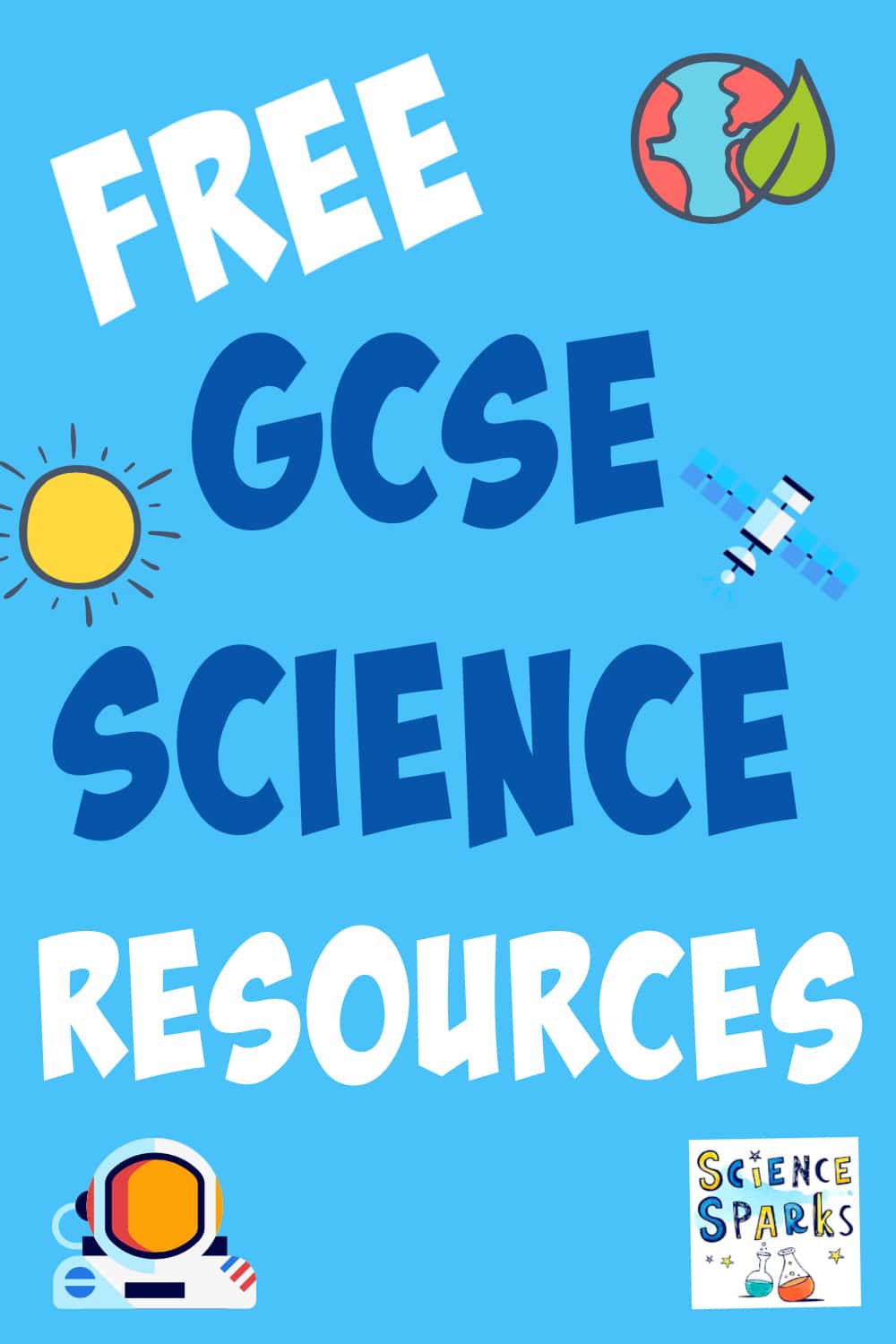
Leave a Reply